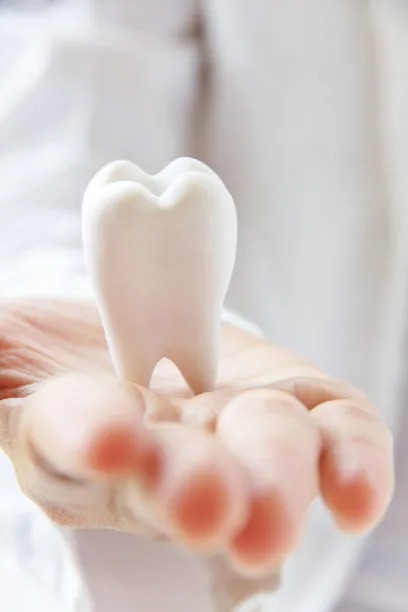The Essential Guide to Understanding When and How to Extract a Tooth Safely and Effectively
Summary: This guide aims to provide a comprehensive understanding of when and how to extract a tooth safely and effectively. It outlines the numerous considerations dentists need to take into account, including patient health, the condition of the tooth, the extraction technique, and post-operative care. By breaking down each of these factors, the article serves as an essential resource for both dental professionals and patients alike, ensuring informed decisions are made during the tooth extraction process. This comprehensive approach guarantees that extractions are performed with the utmost care and precision, resulting in better outcomes and enhanced patient satisfaction.
1. Indicators for Tooth Extraction Necessity

Tooth extraction is not a decision to be taken lightly. There are various indicators that suggest when extraction is necessary. Common reasons for extraction include severe tooth decay, periodontal disease, and situations where the tooth is impacted. Understanding these conditions can help both dental professionals and patients make informed decisions.
Severe tooth decay can lead to infections that may threaten the overall health of the patient. If decay reaches the pulp of the tooth, it can cause intense pain and complications. Thus, extraction may be the best solution in such cases to prevent further health issues.
Periodontal disease can also necessitate extraction. As gum infection progresses, it can lead to the loosening of teeth, making them unstable and painful. When these conditions are present, extraction may be the more favorable option to ensure optimal dental health.
2. Evaluating the Patients Health Status
Before any tooth extraction procedure, it is imperative to evaluate the patients overall health. Certain medical conditions, such as heart disease or diabetes, can affect the extraction process and healing time. Dentists must conduct a thorough medical history and possibly even consult with other healthcare providers.
Patients taking anticoagulant medications need special consideration as well. These medications can increase bleeding risks, making the extraction procedure riskier. Dentists must take these factors into account and, if necessary, adjust the plan to ensure safety.
The patient’s emotional and psychological status should also be evaluated. Many patients experience anxiety about dental procedures. Understanding this aspect can help dentists tailor the approach, create a calming environment, and effectively communicate the process to allay fears.
3. Techniques for Safe Tooth Extraction
There are two primary types of tooth extractions: simple and surgical. A simple extraction is performed on teeth that are visible above the gum line, typically under local anesthesia. Surgical extraction is more complex and often required for impacted teeth, necessitating a more invasive approach.
The extraction technique chosen can significantly affect patient experience and recovery time. Dentists should ensure that they are proficient in the technique best suited to the specific situation and patient needs. Comfort and safety are paramount, and proper anesthesia plays a crucial role in minimizing discomfort during the procedure.
Furthermore, adhering to sterile techniques and protocols is essential in preventing postoperative infections. A clean environment, proper tools, and a focused approach all contribute to the extraction’s success and overall patient safety.
4. Post-Extraction Care Guidelines
Post-extraction care is vital for promoting healing and reducing potential complications. Patients should be informed about expectations following the procedure, including pain management and what symptoms to watch for in case of complications.
Adhering to a soft food diet and avoiding vigorous exercises for a few days can significantly impact the healing process. Patients must also understand the importance of avoiding smoking and using straws, as these can cause dry socket, a painful condition that can prolong recovery.
Follow-up appointments are equally important to monitor healing and address any concerns. Practicing good oral hygiene while being gentle around the extraction site can facilitate faster healing and prevent infections.
Summary:
Understanding when and how to safely and effectively extract a tooth is vital for oral health. From identifying the need for extraction to evaluating patient health, employing appropriate techniques, and ensuring proper post-operative care, each step is critical in delivering optimal outcomes. The guidance provides a roadmap for dental professionals and reassurance for patients, fostering confidence in the extraction process.
This article is compiled by Vickong Dental and the content is for reference only.


